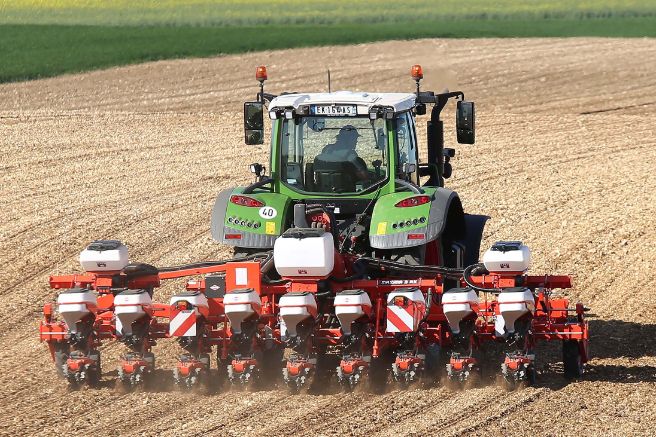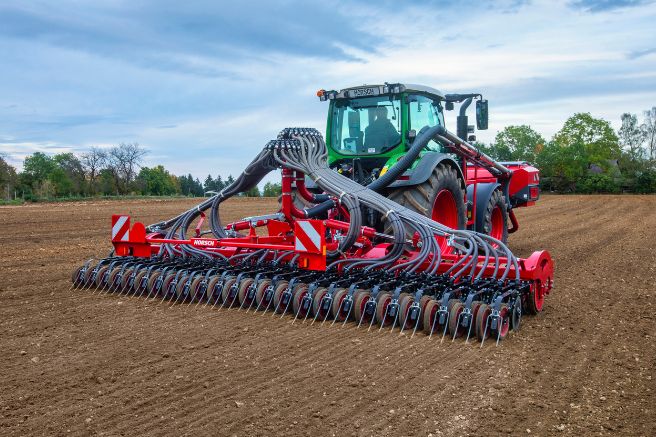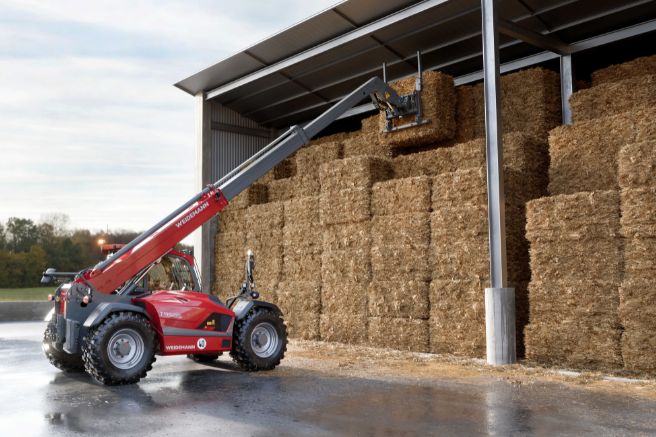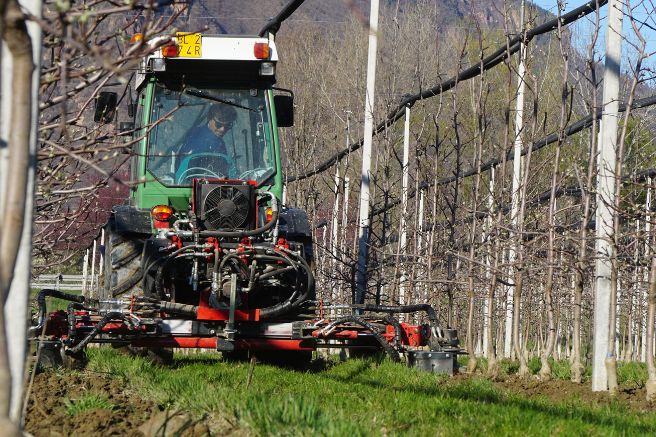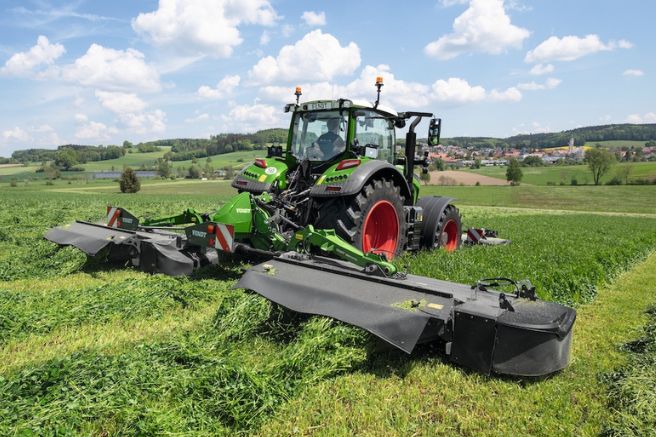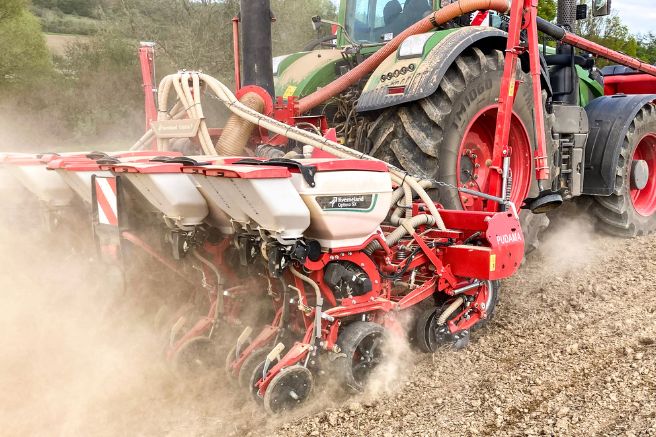The masses involved are among the operational parameters to be carefully evaluated when choosing equipment. Heavy weights are not always essential, especially if, with the same final result, using lower masses also helps reduce the risks of soil compaction and fuel consumption. This is especially true when using seeders, machines that, depending on the type of work to be done and the soil conditions, must adapt to specific needs in order to always guarantee the best ratio between performance and operating costs. For this reason, Kuhn has tailored its offering…
Read MoreCategory: Implements
Implements Horsch: one, two, three solutions
Reducing company costs while simultaneously increasing efficiency and productivity is the ambition of every agricultural entrepreneur. Certain practices in the field lend themselves excellently to this goal, particularly those carried out through triple-function work sites, allowing for refining, seeding, and fertilizing without prior mechanical processing or pre-emergence weed control applications. This “all-in-one” approach significantly reduces diesel consumption and labor costs. Three specific solutions from Horsch are aimed at these objectives, which can be combined to form a single efficient and productive work site. Farmers prepare the land Addressing surface soil…
Read MoreWeidemann “T9535” lift: class leap
Telescopic handlers continue to thrive in the commercial arena despite challenges in agricultural mechanization. While tractor registrations saw a nearly 13 percent decline in 2023, telescopic handler registrations only dipped by three and a half percentage points, going from 1,181 machines in 2022 to 1,141 last year. This is a noteworthy volume considering that registrations were only at 726 in 2018. Dominating the market then and now are machines capable of lifting the pivot point of the arm between nine and ten meters, heights allowing for stacking up to six/seven…
Read MoreSeppi’s “2-Fast” system seamlessly
Greater speed of execution and improved safeguarding of operational quality are the features around which Seppi has developed the new “2-Fast” quick coupling system, which, in combination with the “Port-X” implement carrier, allows for the seamless management of inter-row maintenance equipment.Protecting productive quality within specialized agriculture is an indispensable prerogative for the entire Italian economy. The excellent results achieved in 2023 in terms of dissemination and penetration of national productions in all major global markets have indeed highlighted the strategic value now assumed by the Italian specialized sector, especially in…
Read MoreMatermacc “Unica Pvi”
Among the so-called low crops, most can be hoed thanks to the inter-row spacing typically ranging from 40 to 80 centimeters. For instance, soybeans are usually sown with 45 centimeters between rows, while corn can be spaced at 70-75 centimeters. Similar values can be found in sunflower fields as well. The ability to physically remove spontaneous populations brings several advantages, especially considering the gradual disappearance of active substances due to the European Revision. It’s noteworthy that herbicides have been nearly halved in just twenty years, and some will vanish from…
Read MoreFendt “Slicer”, returning to the roots
The days of the “Dieselross F9,” German for “diesel horse,” the name of Fendt’s first tractor launched in 1930, are long gone. It was the precursor to a series of machines that over time established the brand as a leader in the field. While Fendt’s image is primarily associated with tractors today, it actually began its journey in agricultural mechanization as a manufacturer of equipment. Specifically, it started with a motorized sickle bar launched in 1928, catering to haymaking and cereal harvesting practices. Therefore, it comes as no surprise that…
Read More“Pudama” sistem by Kverneland
Precise and efficient, the Kverneland “Pudama” system is combined with the “Optima” series pneumatic seeders and allows 25 percent reductions in fertilizers used in localized fertilization at sowingAccording to the goals set by Europe, fertilizer applications will need to be reduced by twenty percent by 2030. However, a fifth less of nutrient inputs could have significant impacts on final crop yields, so ideas are needed to produce more while using fewer fertilizers, as demanded by food demand. The only way to meet this challenge is to use what remains available…
Read More
